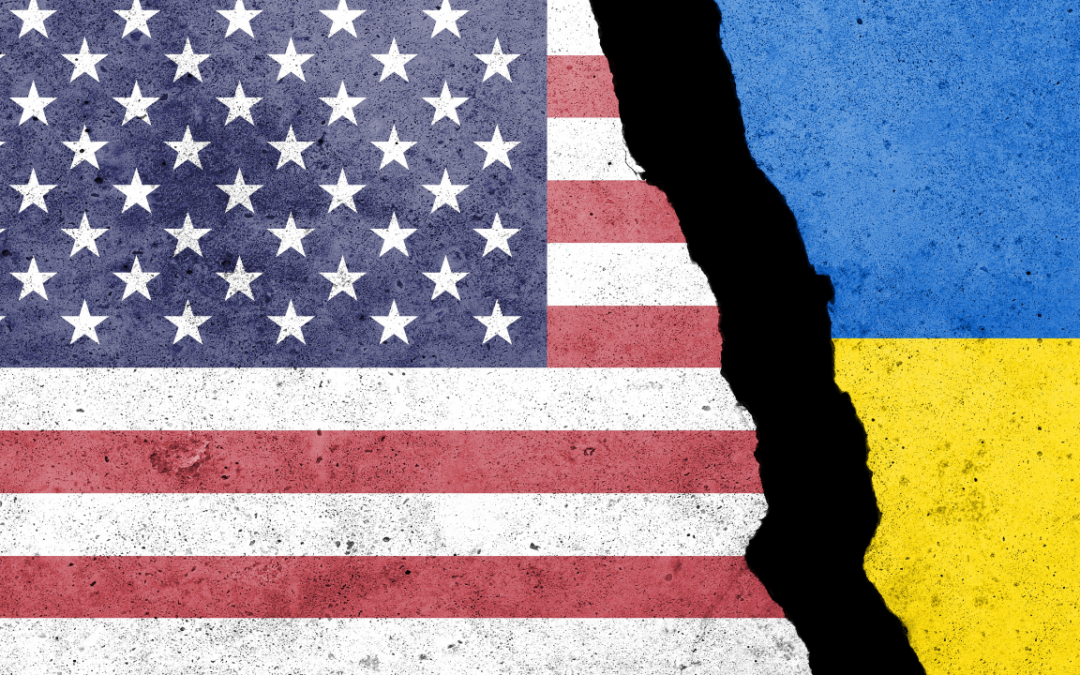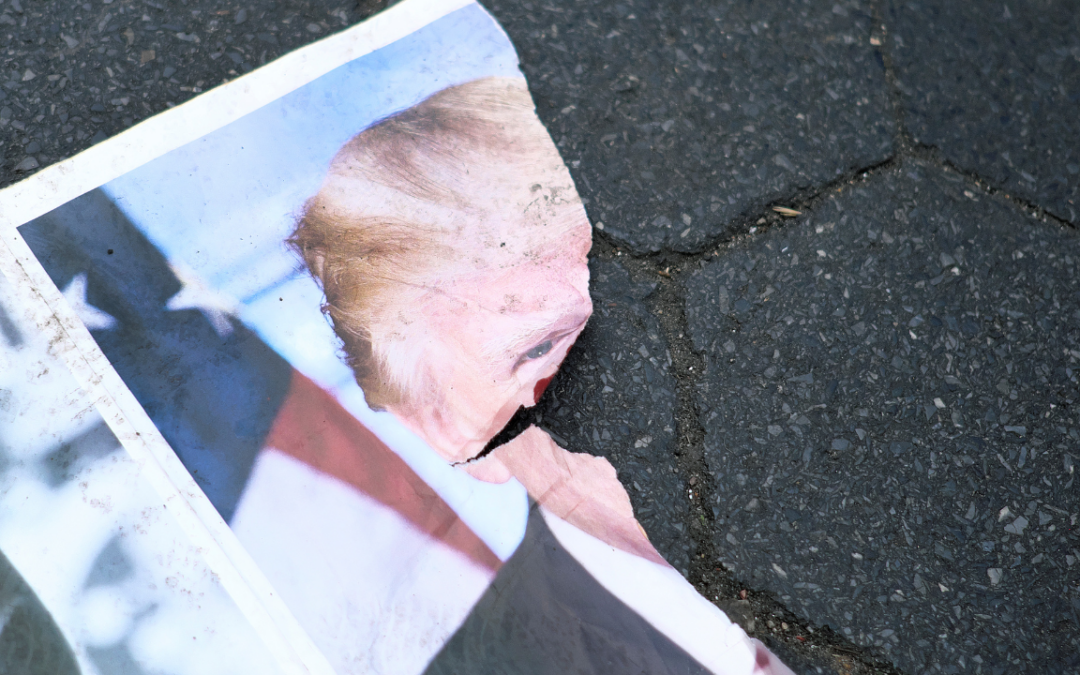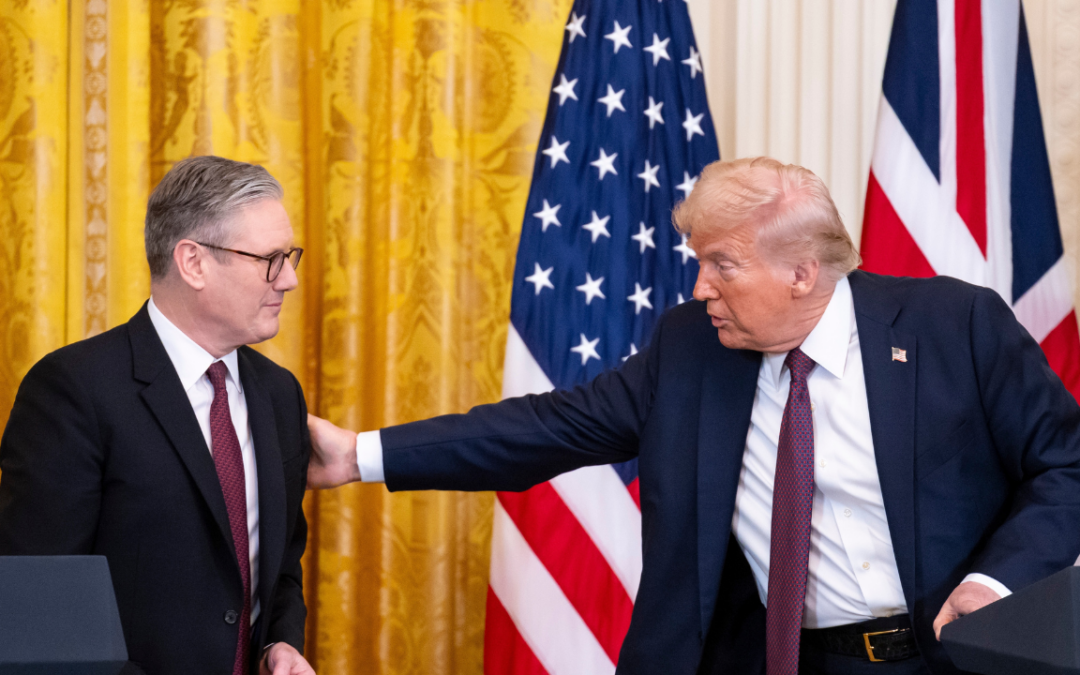Originally published at Project-Syndicate | Nov 9th, 2023
With interest rates on ten-year US Treasuries close to 5%, more than triple the levels of two years ago, bond yields are attractive once again. If the fundamental factors driving them haven’t changed dramatically, then it’s possible that interest rates will fall and bond prices will recover now that the inflation scare has passed.
SINGAPORE – The last two years have been catastrophic for investors in US Treasury bonds. By one measure, 2022 was the worst year for such investors since 1788. Bond prices are poised to fall again in 2023, making this the first time in US history that they declined for three consecutive years.
But now the “smart money” is jumping back in. With interest rates on ten-year Treasuries close to 5%, more than triple the levels of two years ago, yields are attractive. If the fundamental factors driving them haven’t changed dramatically, then it’s possible that interest rates will fall and bond prices will recover now that the inflation scare has passed.
That’s a big if, of course. But consider those fundamentals. The interest rate on bonds should reflect the underlying natural, or neutral, real rate of interest, plus expected inflation over the holding period. A range of measures shows inflation to be running at about 3%, belying warnings of a period of chronic high inflation that drastically exceeds the Federal Reserve’s 2% target. The “breakeven rate” on inflation-indexed Treasury securities similarly points to expected inflation below 3% over the next ten years.
The last mile – the final percentage point needed to bring inflation down to 2% – may prove the hardest. But the only message that can be credibly taken from the Fed’s recent performance is that the central bank remains committed to its stated target. This makes it hard to justify appending more than 100 additional basis points to Treasury yields on expected-inflation grounds.
As for the natural rate of interest, known to cognoscenti as r*, oceans of ink have been spilled on efforts to estimate it. The one thing on which the experts agree is that the determinants of r* move slowly, with the rate moving up and down to balance aggregate savings and investment. Savings rates, in turn, depend on slowly moving demographic factors: the share of the population that is of working age, and the longevity of the retired.
Those who speak of a “global savings glut” remind us that not just US savings matter. If Chinese GDP growth slows, making for less Chinese saving, or if China rebalances from saving to consumption, then this, too, can affect the natural rate.
But all the evidence is that these structural changes are similarly gradual and ongoing. Chinese policymakers talk an ambitious game but proceed incrementally, crossing the river by feeling the stones under their feet, as a Chinese folk saying puts it. Their slow but steady progress doesn’t point to sharp changes in r* over the last couple of years.
In addition, r* will vary with the potential growth of the economy, since high growth will make additional investment attractive, and a higher real interest rate then will be needed to elicit the corresponding saving. Enthusiasm about artificial intelligence points to the possibility of faster growth.
But experience suggests the need for an extended period of adaptation and reorganization before new general purpose technologies deliver faster growth. It follows that any impact on productivity will only materialize over time.
To be sure, US manufacturing investment has surged since passage of the Inflation Reduction Act and the CHIPS and Science Act. But viewed from an economy-wide perspective, the consequent change in the investment-to-GDP ratio is small, because the share of the manufacturing sector is small. In fact, nonresidential fixed investment relative to GDP is down from its average in the five years immediately preceding the COVID-19 pandemic.
Not surprisingly, the New York Fed’s June 2023 estimate shows that r* barely budged over the two preceding years. Putting this together with recent data on inflation suggests that the bond market is oversold.
Two further variables can also affect the bond market’s prospects. One is geopolitical uncertainty, which has spiked with recent events in the Middle East. Historically, such uncertainty has favored Treasuries, which are a safe haven for investors who value liquidity above all else in uncertain times. In fact, however, yields, rather than falling, are up slightly since Hamas attacked Israel on October 7. Still, if geopolitical uncertainty remains elevated or even rises further, we should expect to see these safe-haven flows reassert themselves.
The other known unknown is the supply of debt. With the federal government running chronic deficits, yields will have to rise in order for investors to absorb the Treasury’s additional issuance. Without question, there now will be more defense spending. Republican resistance to higher taxes will only harden under the Republicans’ new Speaker of the House, while Democrats will resist cuts in other expenditures. Stein’s Law – “If something cannot go on forever, it will stop” – may ultimately apply in this context, but only after yields have risen to even higher levels than investors currently contemplate.
Clearly, considerable uncertainty is shrouding the bond market. In these circumstances, only one rule applies: one should never take investment advice from a professor.
Barry Eichengreen: Professor of Economics and Political Science at the University of California, Berkeley, is a former senior policy adviser at the International Monetary Fund. He is the author of many books, including In Defense of Public Debt (Oxford University Press, 2021).



